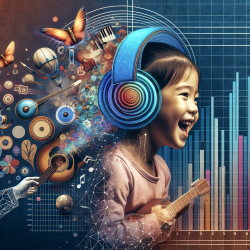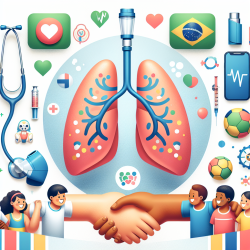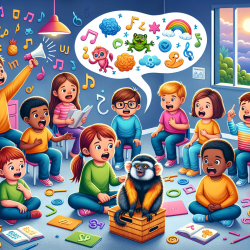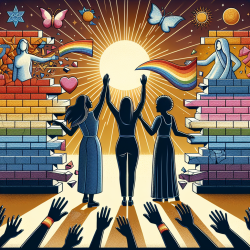Introduction
Music is a pervasive element in the lives of children and adolescents, offering entertainment, a sense of identity, and a means to navigate social and emotional landscapes. However, the lyrical content of contemporary popular music often contains adult themes that can impact young listeners. A recent study titled Lyrical Content of Contemporary Popular Music (1999-2018) and the Role of Healthcare Providers in Media Education of Children and Adolescents provides a comprehensive analysis of these themes and highlights the crucial role healthcare providers can play in media education.
Understanding the Research
The study conducted a content analysis of Billboard's top 10 songs from 1999 to 2018, revealing a predominance of adult themes such as sexually suggestive lyrics, use of swear words, and references to alcohol and violence. Positive themes, although present, were less frequent, with empowerment being the most common. The research underscores the need for pediatric healthcare providers to engage actively in media education, helping children and adolescents critically evaluate the music they consume.
Implications for Practitioners
As practitioners in speech-language pathology, understanding the influence of music on language development and social behaviors is essential. The findings from this study can guide practitioners in several ways:
- Media Literacy Education: Incorporate discussions about music and its content into therapy sessions. Encourage children to think critically about the lyrics they hear and the messages conveyed.
- Parental Guidance: Educate parents on the importance of monitoring music exposure and selecting age-appropriate content. Provide resources for setting up parental controls on streaming platforms.
- Promoting Positive Themes: Highlight music that promotes positive themes such as empowerment and healthy relationships. Encourage children to engage with music that supports their emotional and social development.
Encouraging Further Research
The study provides a foundation for further research into the impact of music on child development. Practitioners are encouraged to explore how different genres and themes affect language acquisition, emotional regulation, and social skills. Collaborative research with other healthcare providers can lead to a more comprehensive understanding of these effects and inform evidence-based interventions.
Conclusion
Music is a powerful tool that can influence the behavior and emotions of children and adolescents. By understanding the lyrical content and its potential impact, practitioners can play a pivotal role in guiding young listeners towards healthier media consumption. Engaging in media education and promoting positive music choices can foster better outcomes for children, enhancing their language skills and social development.
To read the original research paper, please follow this link: Lyrical Content of Contemporary Popular Music (1999-2018) and the Role of Healthcare Providers in Media Education of Children and Adolescents.










